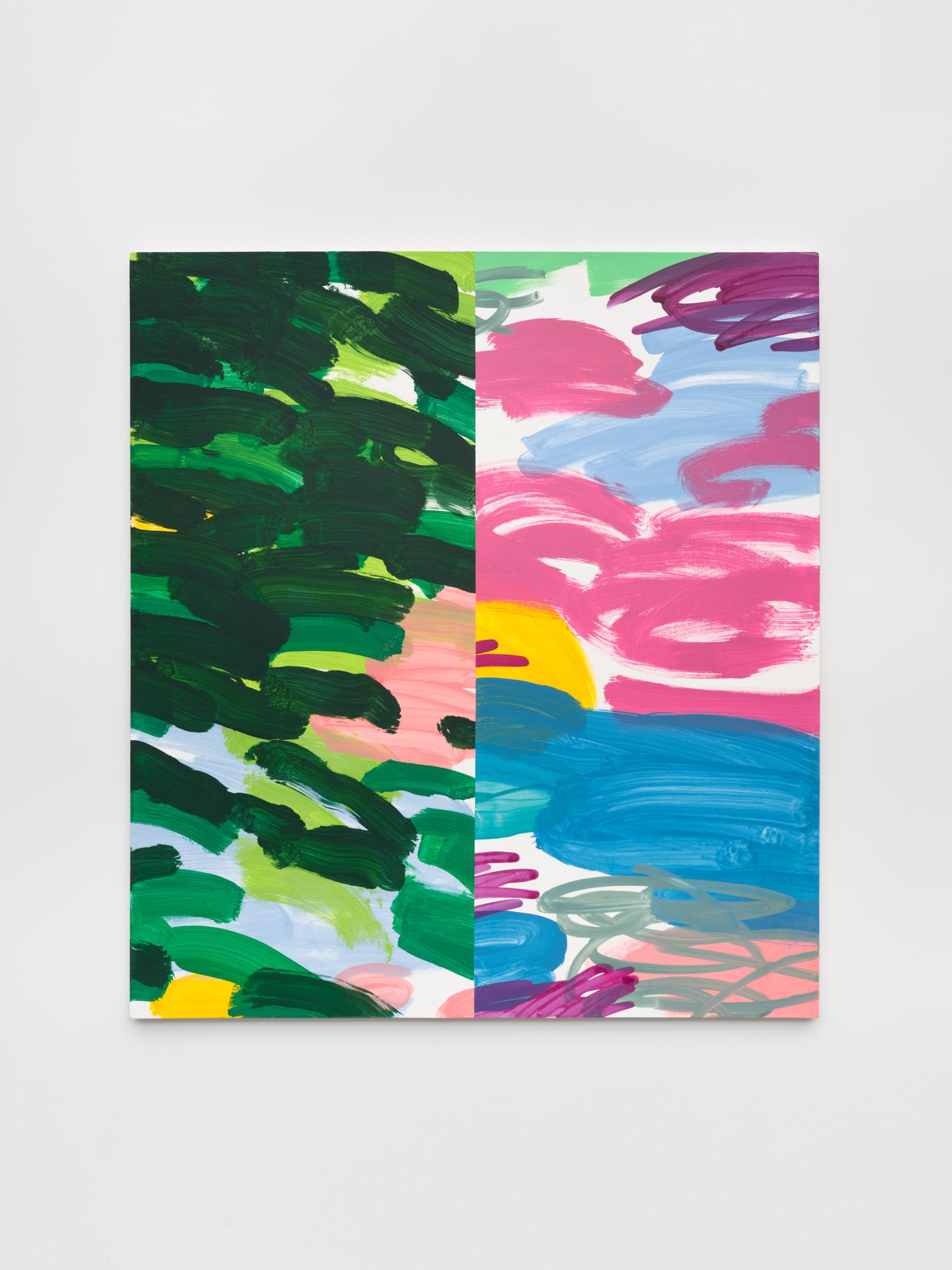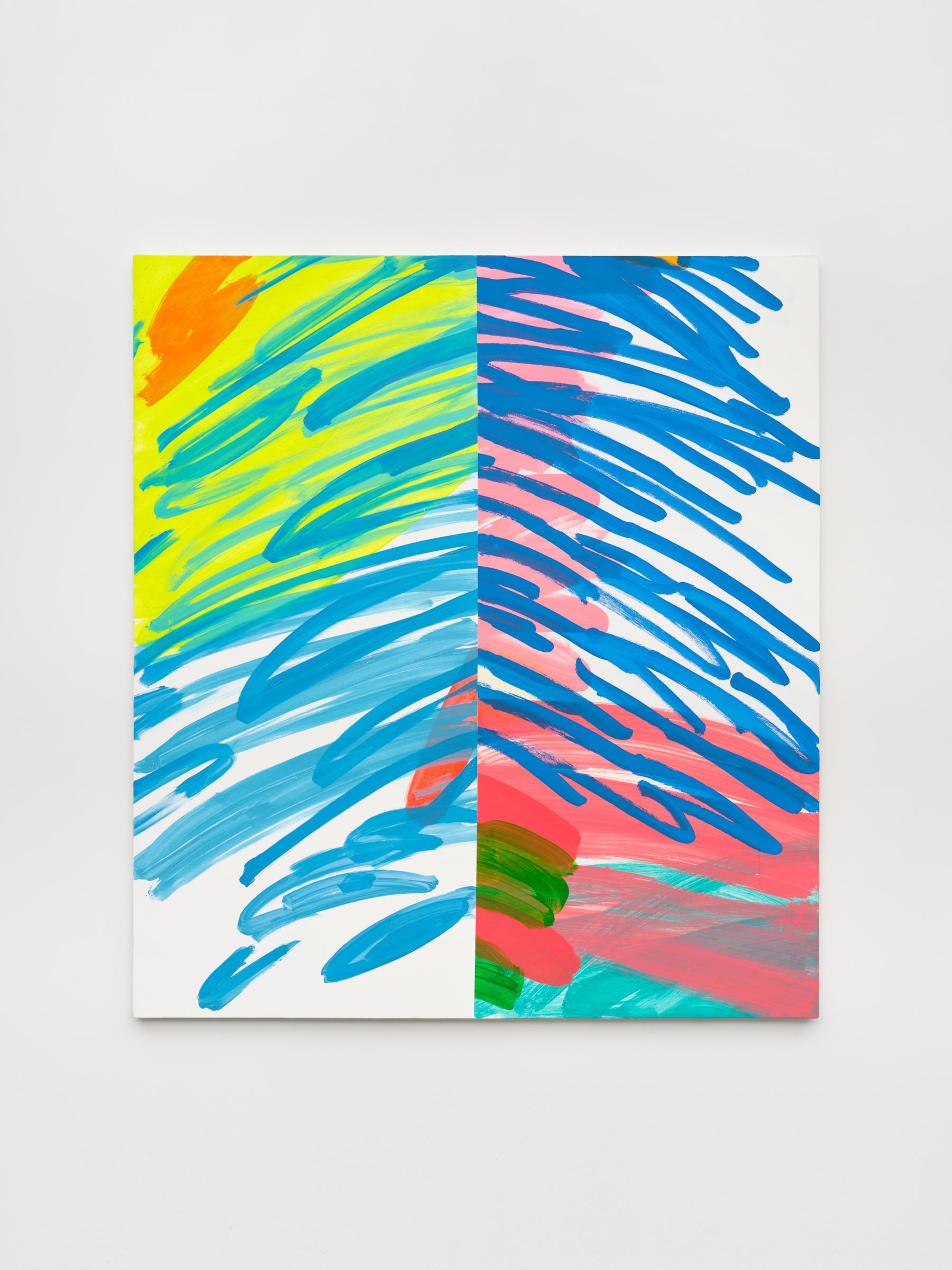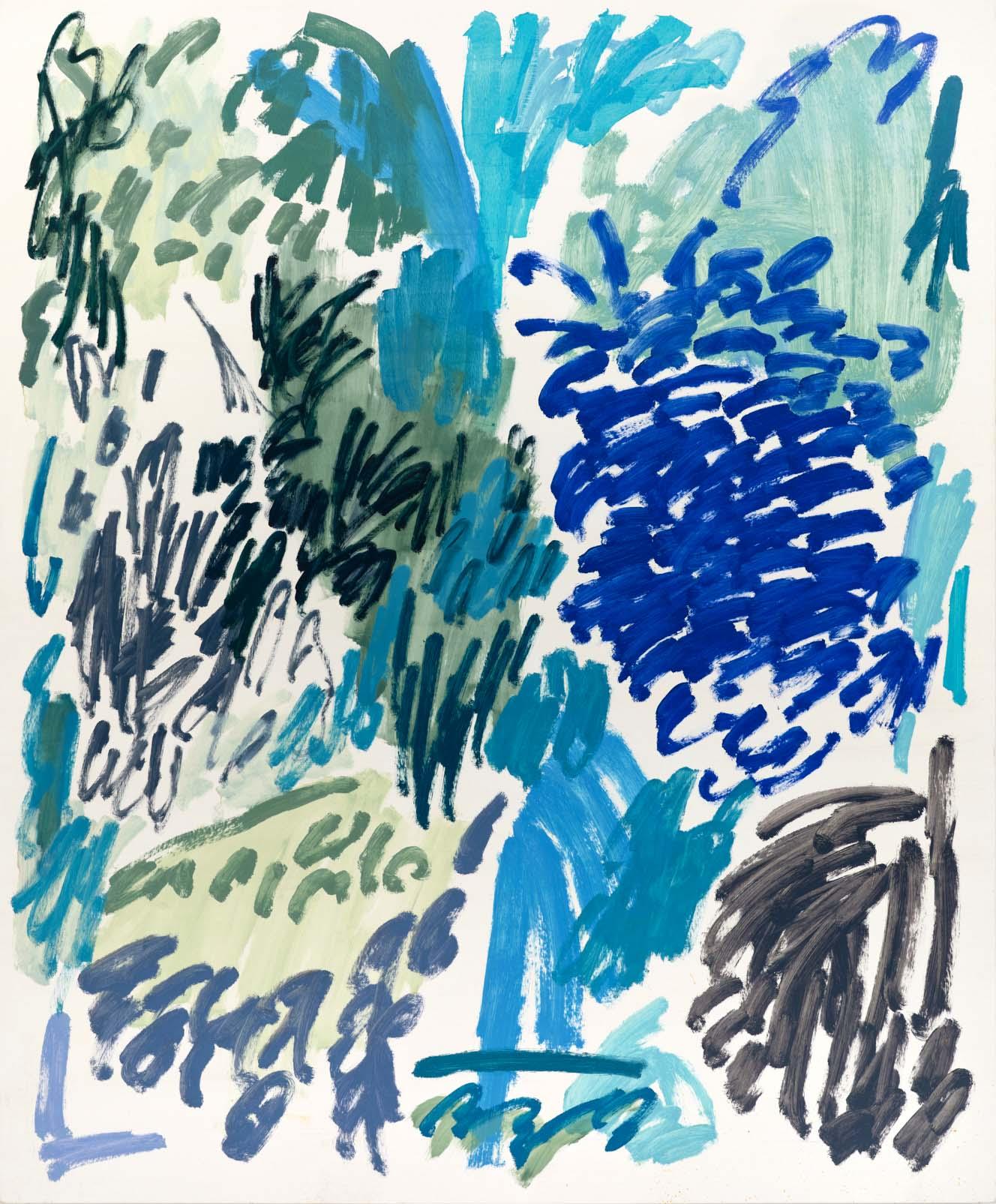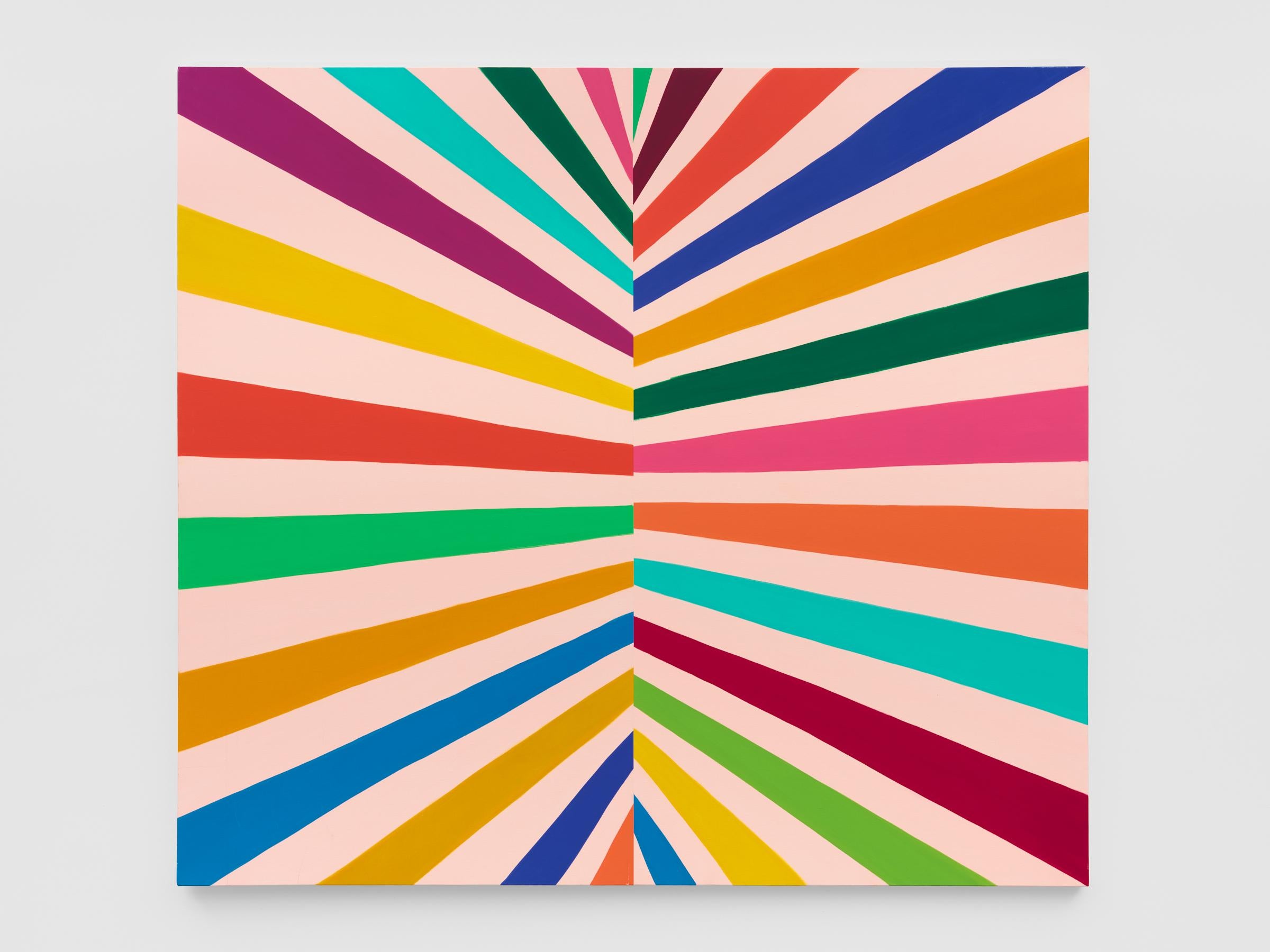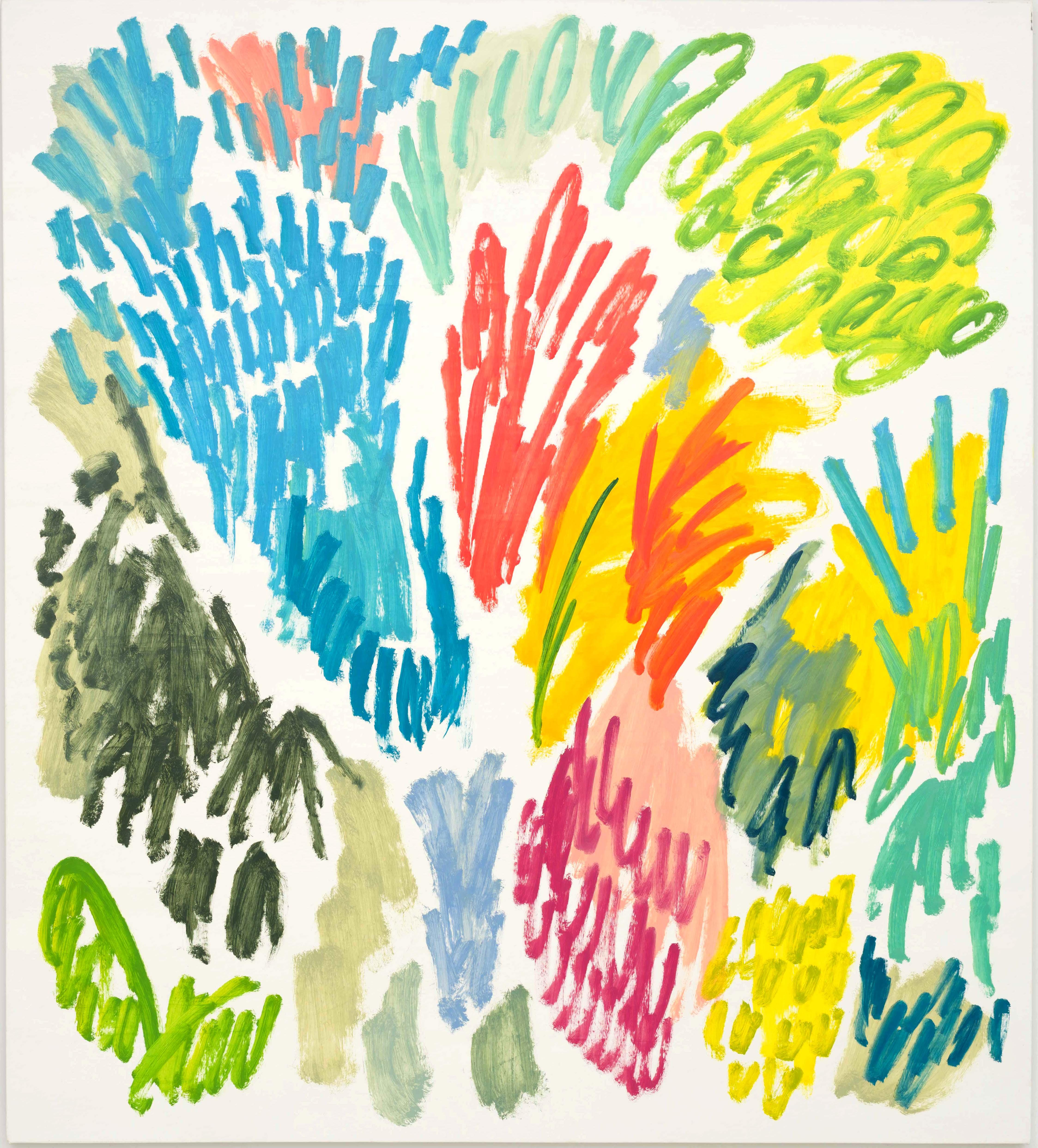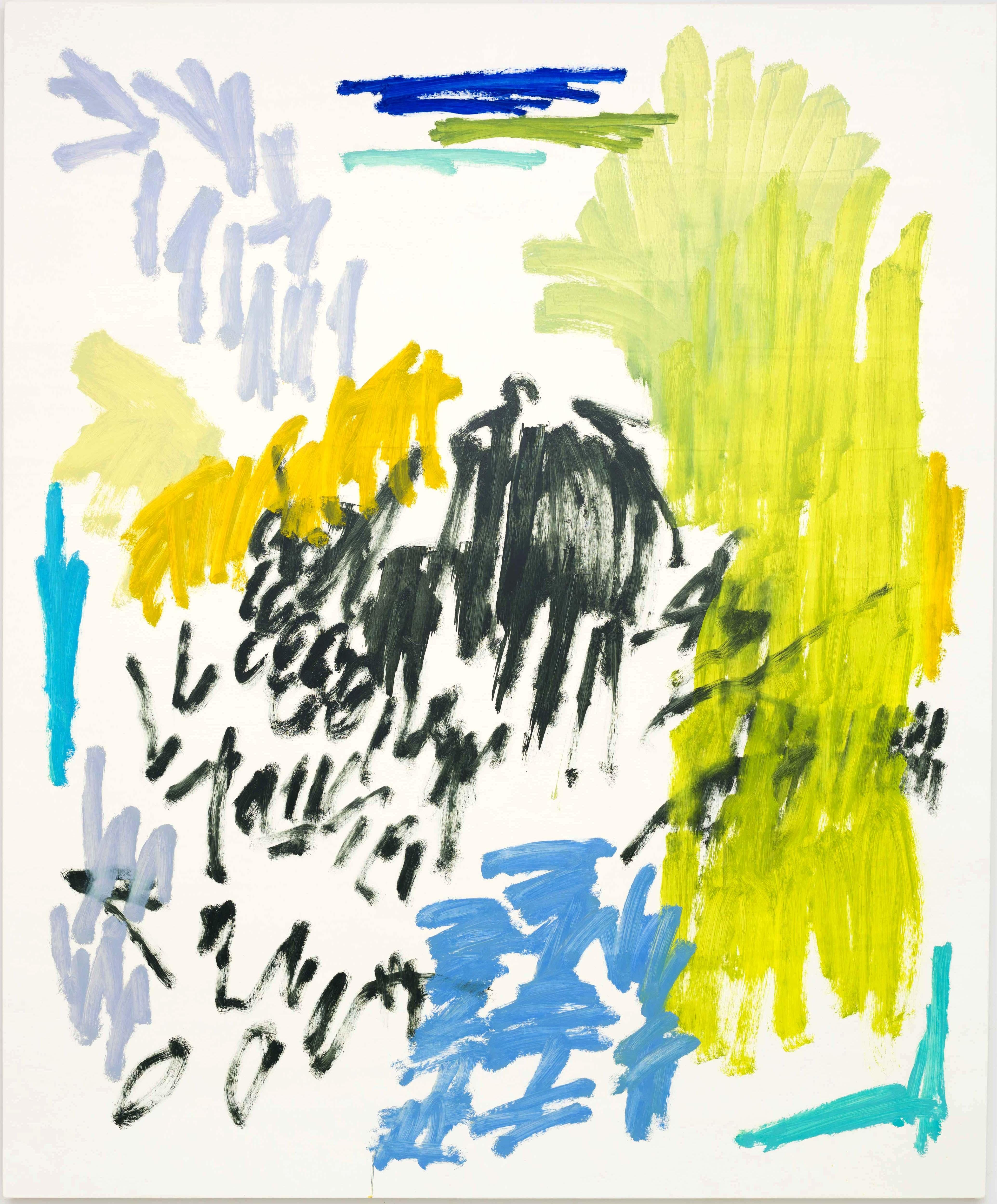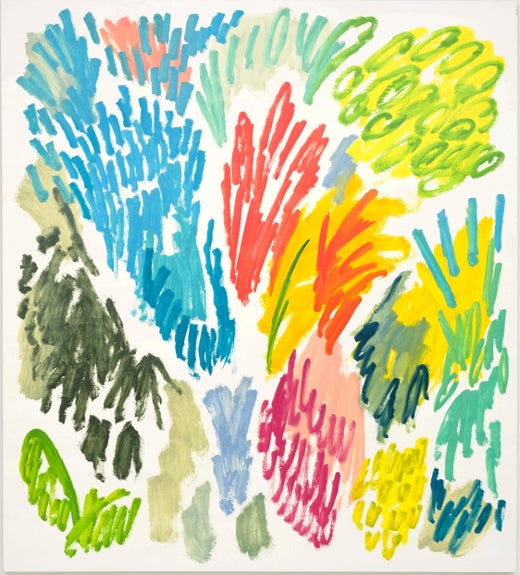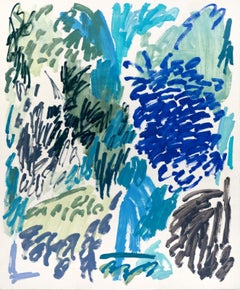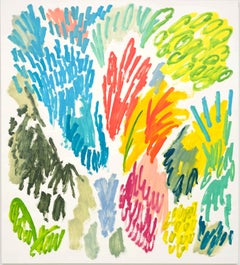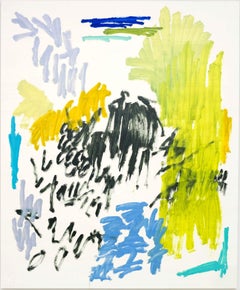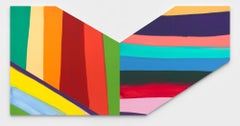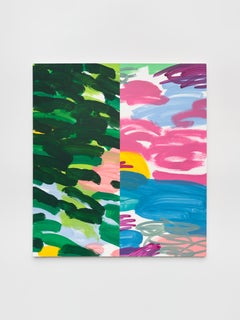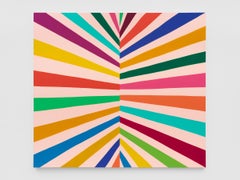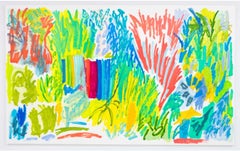Want more images or videos?
Request additional images or videos from the seller
1 of 2
Adam SultanBouba2021
2021
$11,000
£8,508.05
€9,685.92
CA$15,794.23
A$17,255.68
CHF 9,043.76
MX$206,038.27
NOK 114,449.63
SEK 106,721.90
DKK 72,338.37
Adam Sultan's paintings are hatchworks of color and activity, bouncing between abstraction and landscape, composition and improvisation, bad taste and good. Recalling landscape painting, children's drawings, and the abstraction of Mary Heilmann or Matisse, they are self-conscious, joyful, and immersive. Adam Sultan received his BA from Boston University and his MFA from the Mason Gross School of the Arts at Rutgers University. He has shown recently with Four A.M. and the Ace Hotel Gallery in New York, as well as Reynolds Gallery in Richmond, VA.
About the Seller
No Reviews Yet
Vetted Professional Seller
Every seller passes strict standards for authenticity and reliability
Established in 2017
1stDibs seller since 2023
9 sales on 1stDibs
Typical response time: 3 hours
- ShippingRetrieving quote...Shipping from: New York, NY
- Return Policy
More From This Seller
View AllSummit 7
Located in Dallas, TX
oil on canvas
Category
2010s Abstract Figurative Paintings
Materials
Canvas, Oil
Texas 16
Located in Dallas, TX
oil on canvas
Category
2010s Abstract Figurative Paintings
Materials
Canvas, Oil
Summit 4
Located in Dallas, TX
oil on canvas
Category
2010s Abstract Figurative Paintings
Materials
Canvas, Oil
Anvil
Located in Dallas, TX
acrylic on panel
Category
2010s Abstract Figurative Paintings
Materials
Acrylic, Panel
$12,500
Fanum
Located in Dallas, TX
Oil on paper
Category
2010s Abstract Abstract Paintings
Materials
Paper, Oil
Lavande I
Located in Dallas, TX
Oil on 300gr Bristol paper
Category
2010s Abstract Abstract Paintings
Materials
Paper, Oil
You May Also Like
Bouba
Located in New York, NY
UNFRAMED
Measurements:
72” W x 80” H
Oil on canvas
Category
2010s Abstract Abstract Paintings
Materials
Oil
$14,000
Kiki
Located in New York, NY
UNFRAMED
Measurements:
72” W x 80” H
Oil on canvas
Category
2010s Abstract Abstract Paintings
Materials
Oil
$14,000
Untitled
Located in New York, NY
UNFRAMED
Measurements:
80” W x 72” H
Oil on canvas
Category
2010s Abstract Abstract Paintings
Materials
Oil
$14,000
Untitled (Summit, Large)
Located in New York, NY
UNFRAMED
Measurements:
132” W x 80” H
Oil on canvas
ABOUT THIS ARTIST:
Adam Sultan's paintings are hatchworks of color and activity, bouncing between abstraction and landscap...
Category
2010s Abstract Paintings
Materials
Oil
Untitled (Summit, 5)
Located in New York, NY
UNFRAMED
Measurements:
16” W x 20” H
Oil on canvas
ABOUT THIS ARTIST:
Adam Sultan's paintings are hatchworks of color and activity, bouncing betwee...
Category
2010s Abstract Paintings
Materials
Oil
Bully
Located in New York, NY
UNFRAMED
Measurements:
80” W x 80” H
Oil on canvas
Category
2010s Abstract Abstract Paintings
Materials
Oil
$14,000
